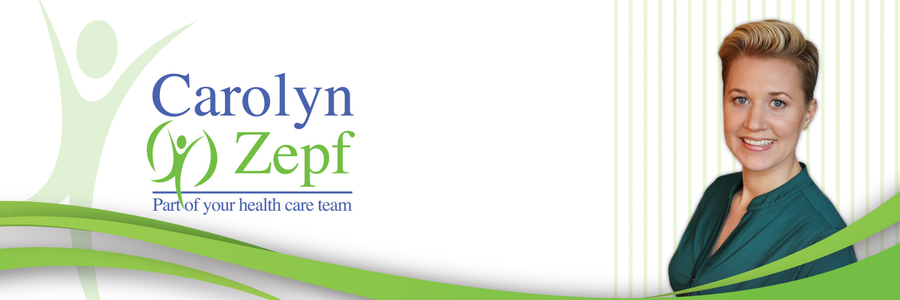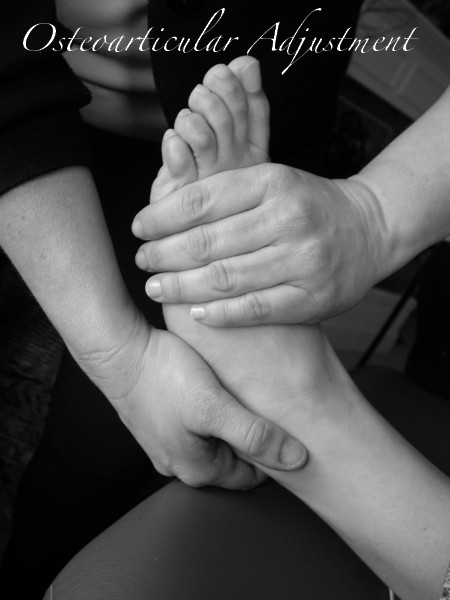Tools of the Trade: Osteoarticular Adjustment
One of the most commonly used techniques used by Osteopaths around the world is the Osteoarticular Adjustment technique. This might seem similar to a chiropractic adjustment in theory, but is very different in the application and experience. This technique is used when a joint has either sheered its axis (is extremely out of place) or when it cannot move in a certain direction where it should easily be able to.
Let’s take the ankle joint for example. Basically, the long bone of the foot, the tibia, sits on top of a smaller bone in the ankle called the talus. Tibia long shin bone, talus little ankle bone. Got it J ok. Sometimes with an ankle injury, the talus can “slide” out of place. It should sit directly below the tibia to bear the weight of the body when in proper alignment. Sometimes, a therapist will feel that the talus has “sheered” anteriorly, or forward towards the toes. The only way to get the talus back into proper place is to use an Osteoarticular Adjustment.
A short, fast “impulse” movement is given at a specific angle to help the talus back into place. The lightest possible amount of force is used to do this. It is fast, absolutely painless, and is indeed one of the most powerful tools of the trade.
Sometimes a “pop” sound can be heard. Some patients look forward to this, and others do not. It is a sign of a change, but I’ve always believed that it is not always the sign of a correction in alignment. The “pop” sound does not mean that the bone is reset in the right position, and sometimes there is no sound, and the correction is successful. It is not our goal to hear a “pop”, it is out goal to gently realign the body.
The Osteoarticular Adjustment can be safely used on any joint of the body where a joint is “stuck” out of alignment. There are always preparation techniques used to make the adjustment easier, and there are also integration techniques used to make sure that the adjustment holds for as long as possible, and quite often, they do not come back.
Call or email for an appointment or consultation. All of your questions can be answered.
For more information contact Ultimate Sports Therapy at info@ultimatesportstherapy.com or visit us at http://www.ultimatesportstherapy.com/osteopathy.html
Jason Brandow, BSc TR, CST
Osteopathy Current Study & Thesis Writer

